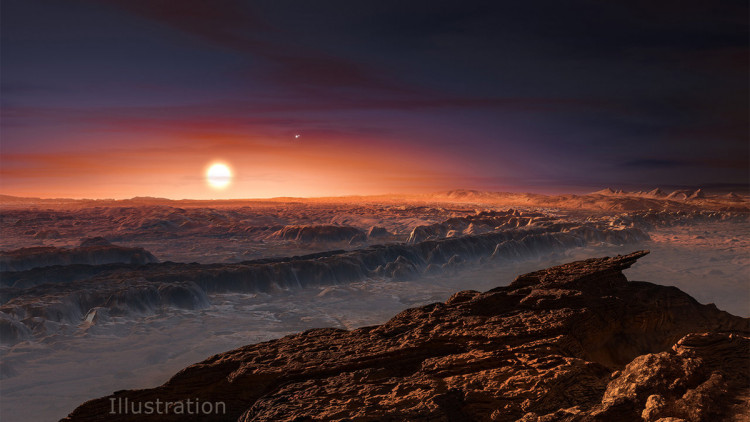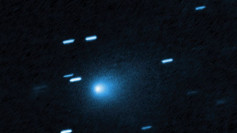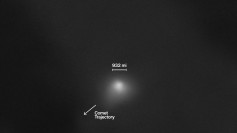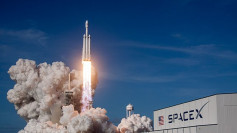This week, a physicist delighted Twitter followers with a magnificent new image from the James Webb Space Telescope before shocking everyone by admitting it was simply a nice chorizo slice.
The alleged James Webb Space Telescope (JWST) image was posted on July 31 by the scientist étienne Klein, the head of France's Alternative Energies and Atomic Energy Commission. The image depicts what appears to be a vision of a star as a circular, reddish-orange object against a black background.
According to a Google translation, Klein posted a picture of Proxima Centauri, the star that is 4.2 light years away from Earth and the nearest star to the Sun, on Twitter. "This level of detail ... A new world is revealed day after day." the scientist said.
After receiving 19,000 likes and more than 3,000 retweets, Klein's photograph became viral, prompting the scientist to clarify that the picture was not taken by the renowned James Webb Space Telescope, whose initial science images were made public by NASA in July. It was actually a piece of chorizo, a Spanish sausage.
"Well, when it's time for the aperitif, cognitive biases seem to have a field day..." Klein added in a subsequent tweet. "According to contemporary cosmology, no object belonging to Spanish charcuterie exists anywhere but on Earth."
According to JWST fans, Klein's tweets sparked some angry responses, which prompted the scientist to clarify that it was all in good fun. "In view of some comments, I feel compelled to clarify that this tweet showing an alleged snapshot of Proxima Centauri was a form of amusement." he wrote. "Let us learn to be wary of arguments from authority as much as of the spontaneous eloquence of certain images."
It's hardly shocking that Klein's alleged JWST image attracted such a large following. The first scientific photographs from the new space observatory, the biggest and most potent space telescope humanity has yet created, were made public by NASA in July, and new images have continued to be released ever since.
In December 2021, NASA launched the $10 billion JWST on a quest to observe the very first stars and galaxies in the cosmos. A surprising supernova, the furthest star we have ever seen (named Earendel), a magnificent glimpse of the Cartwheel galaxy, a disorienting Phantom galaxy, and the deepest vision of the universe we have ever seen have all been revealed by JWST photographs thus far.



